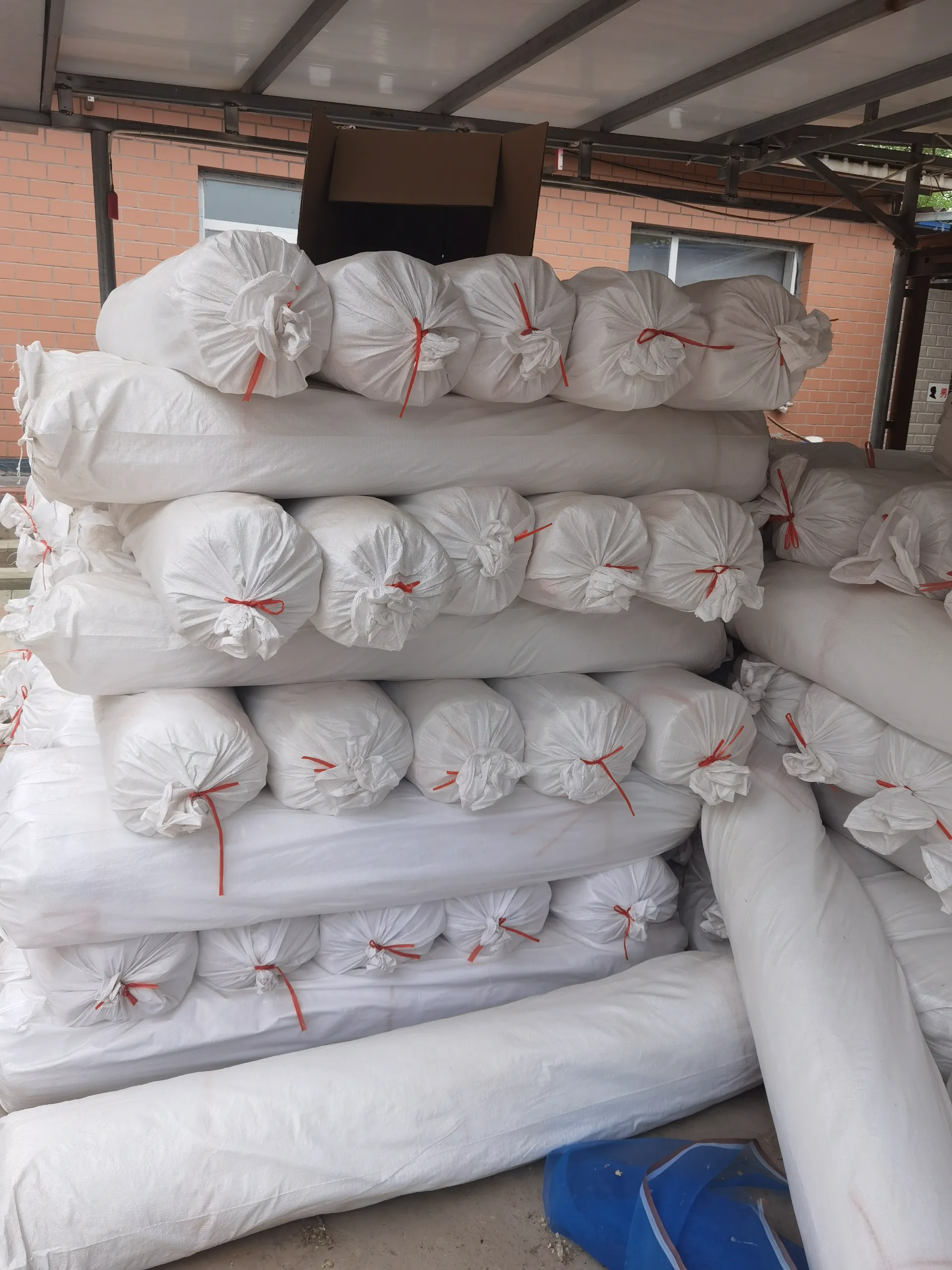-
 Afrikaans
Afrikaans -
 Albanian
Albanian -
 Amharic
Amharic -
 Arabic
Arabic -
 Armenian
Armenian -
 Azerbaijani
Azerbaijani -
 Basque
Basque -
 Belarusian
Belarusian -
 Bengali
Bengali -
 Bosnian
Bosnian -
 Bulgarian
Bulgarian -
 Catalan
Catalan -
 Cebuano
Cebuano -
 China
China -
 Corsican
Corsican -
 Croatian
Croatian -
 Czech
Czech -
 Danish
Danish -
 Dutch
Dutch -
 English
English -
 Esperanto
Esperanto -
 Estonian
Estonian -
 Finnish
Finnish -
 French
French -
 Frisian
Frisian -
 Galician
Galician -
 Georgian
Georgian -
 German
German -
 Greek
Greek -
 Gujarati
Gujarati -
 Haitian Creole
Haitian Creole -
 hausa
hausa -
 hawaiian
hawaiian -
 Hebrew
Hebrew -
 Hindi
Hindi -
 Miao
Miao -
 Hungarian
Hungarian -
 Icelandic
Icelandic -
 igbo
igbo -
 Indonesian
Indonesian -
 irish
irish -
 Italian
Italian -
 Japanese
Japanese -
 Javanese
Javanese -
 Kannada
Kannada -
 kazakh
kazakh -
 Khmer
Khmer -
 Rwandese
Rwandese -
 Korean
Korean -
 Kurdish
Kurdish -
 Kyrgyz
Kyrgyz -
 Lao
Lao -
 Latin
Latin -
 Latvian
Latvian -
 Lithuanian
Lithuanian -
 Luxembourgish
Luxembourgish -
 Macedonian
Macedonian -
 Malgashi
Malgashi -
 Malay
Malay -
 Malayalam
Malayalam -
 Maltese
Maltese -
 Maori
Maori -
 Marathi
Marathi -
 Mongolian
Mongolian -
 Myanmar
Myanmar -
 Nepali
Nepali -
 Norwegian
Norwegian -
 Norwegian
Norwegian -
 Occitan
Occitan -
 Pashto
Pashto -
 Persian
Persian -
 Polish
Polish -
 Portuguese
Portuguese -
 Punjabi
Punjabi -
 Romanian
Romanian -
 Russian
Russian -
 Samoan
Samoan -
 Scottish Gaelic
Scottish Gaelic -
 Serbian
Serbian -
 Sesotho
Sesotho -
 Shona
Shona -
 Sindhi
Sindhi -
 Sinhala
Sinhala -
 Slovak
Slovak -
 Slovenian
Slovenian -
 Somali
Somali -
 Spanish
Spanish -
 Sundanese
Sundanese -
 Swahili
Swahili -
 Swedish
Swedish -
 Tagalog
Tagalog -
 Tajik
Tajik -
 Tamil
Tamil -
 Tatar
Tatar -
 Telugu
Telugu -
 Thai
Thai -
 Turkish
Turkish -
 Turkmen
Turkmen -
 Ukrainian
Ukrainian -
 Urdu
Urdu -
 Uighur
Uighur -
 Uzbek
Uzbek -
 Vietnamese
Vietnamese -
 Welsh
Welsh -
 Bantu
Bantu -
 Yiddish
Yiddish -
 Yoruba
Yoruba -
 Zulu
Zulu
Durable Stainless Steel Woven Mesh for Versatile Applications and Enhanced Performance
The Versatility of Stainless Steel Woven Mesh
Stainless steel woven mesh is an exceptional material that has found applications across various industries due to its numerous beneficial properties. Made from stainless steel, this mesh is characterized by its durable and corrosion-resistant nature, making it an ideal choice for both indoor and outdoor use. In this article, we will explore the various features, applications, and advantages of stainless steel woven mesh.
Features of Stainless Steel Woven Mesh
Stainless steel woven mesh is produced by weaving stainless steel wires into a grid-like pattern. The weaving process can be customized in numerous ways, allowing manufacturers to create different mesh sizes and opening configurations. The choice of weave can influence the mesh's strength, flexibility, and filtration properties. Common weaves include plain weave, twilled weave, and Dutch weave, each serving distinct purposes based on the specific requirements of the application.
One of the primary features of stainless steel is its resistance to rust and corrosion, which stems from the presence of chromium in the alloy. This property ensures that stainless steel woven mesh retains its integrity and appearance even when exposed to harsh environmental conditions. Furthermore, stainless steel woven mesh is heat resistant and can withstand a wide range of temperatures, making it suitable for use in industries where high heat is a factor.
Applications of Stainless Steel Woven Mesh
The versatility of stainless steel woven mesh lends itself to various applications across multiple industries. One of the most common uses is in the filtration sector, where it acts as a filter medium for liquids and gases. This mesh is utilized in water treatment plants, food and beverage processing, and petrochemical industries, where high levels of purity and strict quality control are essential.
stainless woven mesh

Another significant application is in the construction industry, where stainless steel woven mesh is employed as a reinforcement material in concrete structures. It provides additional strength and stability, helping to prevent cracking and ensuring the longevity of buildings and infrastructure.
In the architectural realm, stainless steel woven mesh is used for decorative purposes, enhancing aesthetic appeal while maintaining functionality. It can be found in facades, sunshades, and internal partitions, contributing to modern design trends that emphasize transparency and lightness.
Additionally, stainless steel woven mesh is utilized in various industrial applications, such as in the automotive and aerospace industries, where it is used for screens, guards, and protective barriers. Its strength, durability, and resistance to wear make it an excellent choice for components that are subjected to significant stress and strain.
Advantages of Stainless Steel Woven Mesh
The advantages of stainless steel woven mesh are numerous, making it a preferred choice among engineers and designers. Its corrosion resistance ensures a longer service life and reduced maintenance costs, which can be significant for businesses. Furthermore, the hygienic properties of stainless steel make it especially suitable for industries such as food processing and healthcare, where cleanliness is paramount.
In addition to its functional benefits, stainless steel woven mesh offers aesthetic appeal. It can be manufactured in various finishes, allowing it to blend seamlessly with different design elements while providing a contemporary touch.
In conclusion, stainless steel woven mesh is a highly versatile material with a wide range of applications across various industries. Its unique combination of strength, durability, corrosion resistance, and aesthetic appeal makes it an indispensable resource for modern engineering and design. As industries continue to evolve, the demand for high-quality stainless steel woven mesh is likely to grow, further highlighting its importance in today's technological and architectural advancements.
-
Shipping Plastic Bags for Every NeedNewsJul.24,2025
-
Safety Netting: Your Shield in ConstructionNewsJul.24,2025
-
Plastic Mesh Netting for Everyday UseNewsJul.24,2025
-
Nylon Netting for Every UseNewsJul.24,2025
-
Mesh Breeder Box for Fish TanksNewsJul.24,2025
-
Expanded Steel Mesh Offers Durable VersatilityNewsJul.24,2025











